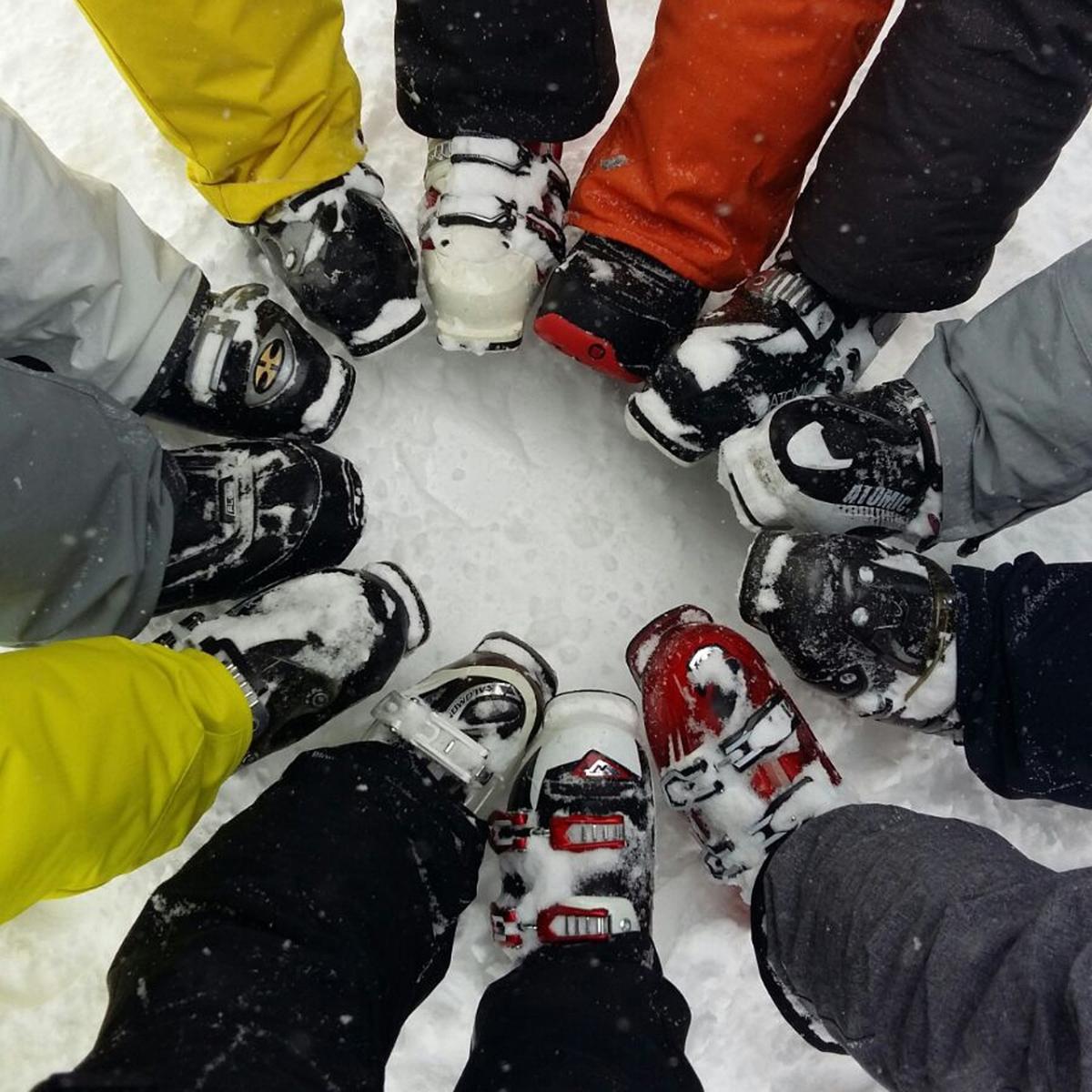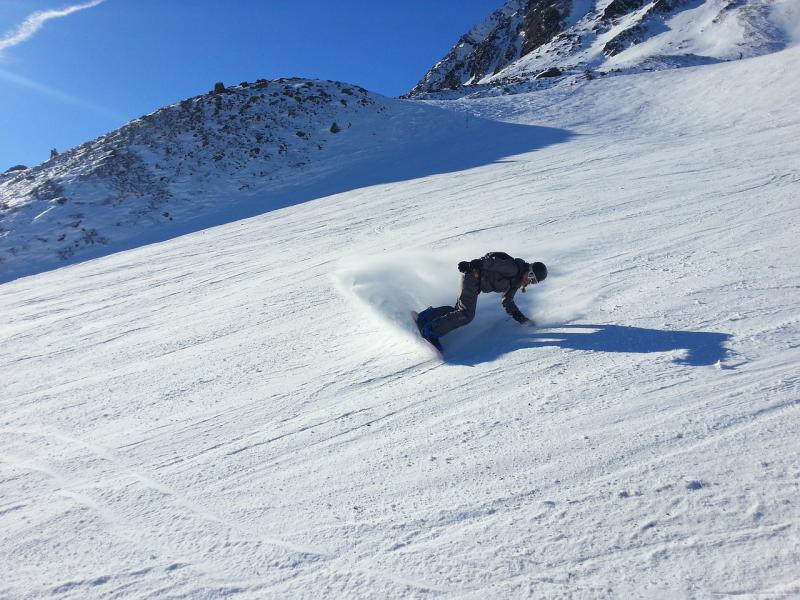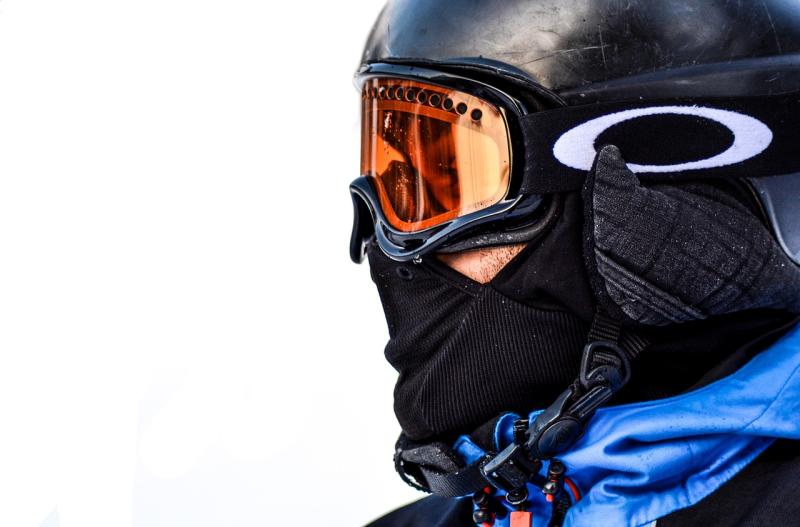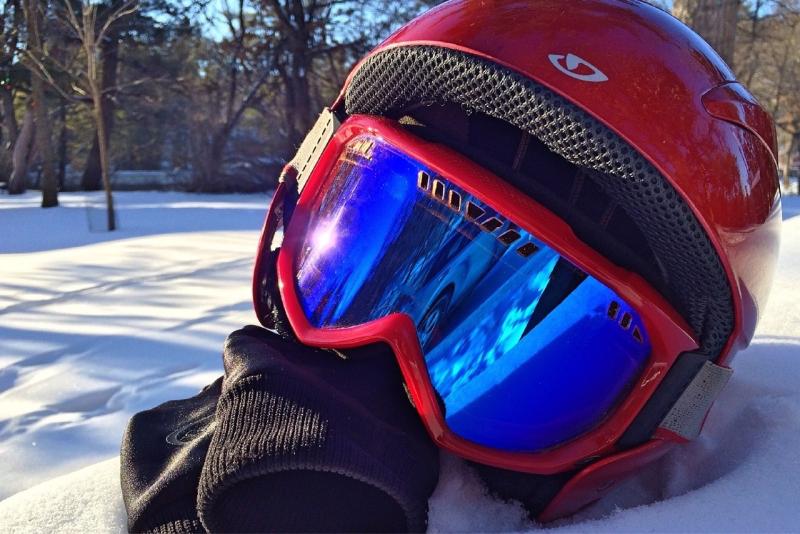So, you've decided to hit the slopes this winter and give snowboarding a try. That's awesome! But before you strap on your board and shred the mountain, there's one essential piece of equipment you need to consider – your snowboarding boots. Getting the right pair of boots can make or break your snowboarding experience, so it's crucial to choose wisely.
Comfort is Key
When it comes to snowboarding boots, comfort should be your number one priority. You'll be spending hours in these boots, so you want them to fit like a glove. Make sure to try on multiple pairs and take your time. Your feet should feel snug, but not too tight. Look for boots with enough room for your toes to wiggle, as cramped boots can lead to discomfort and even frostbite.
Remember that snowboarding boots tend to pack out and become slightly looser over time, so it's better to start with a tighter fit and allow them to mold to your feet. At the same time, avoid boots that are too loose right off the bat, as they can cause instability and affect your performance on the slopes.
Determine Your Riding Style
Every snowboarder is unique, and your boots should reflect your riding style. Think about whether you prefer riding the terrain park, carving up the groomers, or exploring off-piste powder. Different styles of riding require different types of boots, so understanding your preferences is crucial in finding the perfect fit.
If you enjoy freestyle riding in the park, you'll want to go for softer boots that offer more flexibility and maneuverability. Meanwhile, if you're a speed demon who loves carving, stiffer boots will provide better stability and support. For those seeking backcountry adventures, boots with a focus on insulation and durability are essential to keep your feet warm and protected in harsh conditions.
Consider Boot Lacing Systems
Gone are the days of traditional laces being your only option. Nowadays, snowboarding boots come with various lacing systems, each offering its own advantages. Here are a few popular options:
- Traditional Laces: Simple, reliable, and easily replaceable, traditional laces allow for customized tightening. However, they can sometimes loosen, requiring occasional readjustment mid-ride.
- Speed Laces: These are a favorite among riders who value convenience. Speed laces use a system of ropes and locks to quickly tighten and release the boots. Just be aware that if a lace breaks, it can be more challenging to fix on the go.
- Boa System: The Boa lacing system uses a dial mechanism to tighten the boots, offering quick and precise adjustments. These boots are easy to put on and take off, but they may be pricier compared to other options.
Ultimately, the decision between these lacing systems boils down to personal preference. Try on different options and see which one feels most comfortable and secure to you.
Don't Forget About Style
While functionality should be your primary concern, there's no harm in finding a pair of snowboarding boots that suits your style. With a wide range of designs and colors available, you can express yourself on the slopes and show off your personality. Plus, rocking a pair of boots that you love can give you an extra boost of confidence.
Remember, finding the perfect snowboarding boot takes time and patience. Don't settle for the first pair you try on – explore different brands, designs, and features to ensure you find the right fit. Trust us, your feet will thank you when you're carving down the mountain in comfort and style.
Demystifying Snowboarding Boot Terminology: A Beginner's Guide
So, you've decided to take up snowboarding, an exhilarating winter sport that combines skill, adrenaline, and pure fun. One of the most important investments you'll make as a snowboarder is finding the perfect pair of boots. But with all the technical jargon and unfamiliar terms surrounding snowboarding boots, it can be quite overwhelming for a beginner. Fear not! In this guide, we'll demystify the snowboarding boot terminology, helping you understand what to look for and find a boot that fits you like a glove - or, in this case, a boot that fits you like a snow-crazed enthusiast.
The Anatomy of a Snowboarding Boot
To understand snowboarding boots, you need to grasp their different parts. Let's start from the ground up:
- Outsole: The bottom of the boot, typically made of rubber for durability and traction.
- Middle Sole: This layer, sandwiched between the outsole and the footbed, provides cushioning and support.
- Footbed: Also known as the insole, it's the part of the boot on which your foot rests, offering arch support.
- Upper: The upper part of the boot, ranging from synthetic materials to leather, which provides support and keeps your feet dry and warm.
- Shell: The hard exterior that protects your feet and gives structure to the boot.
- Liner: The inner layer of the boot that hugs your foot, often removable for easier drying and cleaning.
- Cuff: The higher part of the boot that extends above your ankle, offering additional support and flexibility.
- Lacing System: How the boots are tightened, ranging from traditional laces to speed lacing systems and BOA closures.
Flex Ratings: Finding the Right Balance
Understanding the flex rating of a snowboarding boot is vital to finding the perfect fit for your riding style. Flex refers to how much the boot bends under pressure; it ranges from soft to stiff:
- Soft Flex: Ideal for beginners or those focusing on freestyle riding. These boots provide more comfort and maneuverability.
- Medium Flex: Versatile boots suitable for a wide range of riders and terrains. Strikes a balance between responsiveness and forgiveness.
- Stiff Flex: Reserved for advanced riders or those seeking aggressive carving or high-speed performance. Offers maximum support and responsiveness.
Remember, flex ratings are subjective, and personal preference plays a significant role. It's crucial to try on different flexes to assess what feels most comfortable and suits your snowboarding style.
Boot Sizing and Fit
Finding the right boot size is crucial for comfort and control on the slopes. Here are some tips to ensure a proper fit:
- Try Them On: Visit a specialized store and try on several brands and models, making sure you have snowboarding socks on for accurate sizing.
- Toes and Heels: Your toes should lightly touch the boot's front, and your heels should have minimal lift when standing. Avoid excessive pressure or gaps.
- No Pain, No Gain: Snowboarding boots should feel snug but not overly tight. Discomfort or pain is a red flag for improper fit.
- Flex Test: Bend your knees and ankles, simulating snowboarding movements while wearing the boots. Ensure there's enough flexibility without sacrificing support.
- Walk Around: Take a stroll around the store and mimic the movements you'd perform on the slopes. Pay attention to any discomfort or pressure points.
Remember, a well-fitted boot will enhance your snowboarding experience and minimize the risk of injuries caused by ill-fitting boots.
Final Thoughts
Armed with this beginner's guide to snowboarding
Finding Your Perfect Fit: Tips to Ensure Optimal Comfort
When it comes to snowboarding, there's nothing more important than having the right gear. And one of the most crucial pieces of equipment for any snowboarder is their boots. The right pair of boots can make all the difference, providing you with the comfort and support you need to tackle the slopes with confidence. But how do you find the perfect fit? Here are some tips to help you ensure optimal comfort in your snowboarding boots.
1. Get Properly Fitted
Before investing in a pair of snowboarding boots, it's essential to get properly fitted. This means visiting a reputable snowboard shop and working with a knowledgeable staff member who can guide you through the fitting process. They will measure your feet, assess your riding style, and recommend boots that offer the right blend of support and flexibility for your needs.
2. Consider Your Riding Style
When choosing snowboarding boots, it's vital to consider your riding style. Different boots are designed for different types of snowboarding. For freestyle and park riders who enjoy jumps and tricks, softer boots with more ankle flexibility are recommended. On the other hand, freeriders and backcountry enthusiasts who need more stability and support should opt for stiffer boots that provide additional protection.
3. Test for the Perfect Fit
Once you've narrowed down your options, it's time to test for the perfect fit. Put on the boots and make sure your toes are comfortably touching the edge of the boot without being cramped. Your heels should stay firmly in place, and you shouldn't feel any pressure points or pinching. Take a few steps around the shop to see how the boots feel when you're in motion. Remember that snowboard boots may feel tighter than regular shoes, so don't be afraid to go up a half size if needed.
4. Consider Boot Liners
Boot liners play a significant role in the overall comfort of your snowboarding boots. Some liners are heat-moldable, which means they can be custom-shaped to your feet for a perfect fit. If the boots you're considering have heat-moldable liners, it's worth taking advantage of this feature to ensure optimal comfort.
5. Allow for Break-In Time
Lastly, remember that snowboarding boots, like any other footwear, require some break-in time. Don't expect your boots to feel like slippers right out of the box. Take them for a few trial runs before hitting the slopes, and allow the liners to mold to your feet gradually. This will help prevent discomfort and blisters during your snowboarding adventures.
Remember, finding the perfect fit might require some patience and trial and error. Everyone's feet are unique, and what works for someone else may not work for you. But by following these tips and paying attention to your comfort, you're well on your way to finding snowboarding boots that will keep you supported and happy on the mountain.



